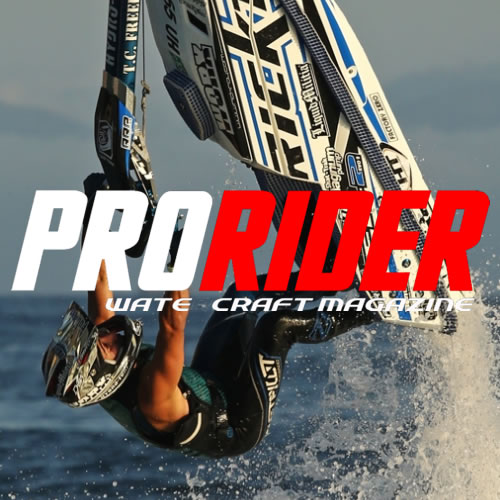After Every Ride - Jet Ski Maintenance
17 September 2018
#1. Put the unit onto the hauling device and start it and run it - blipping the throttle two or three times for less than a minute.
#2. When you arrive at “home” - do the above again.
#3. Un-attach the hood - seat - cowling - whatever and LEAVE it off. A variation on this
is to use a small board to “lift” the motor enclosure up and allow fresh air to reach
the engine compartment.
The reason for the above is - you need to blow the water out of the exhaust system BEFORE you hit the road. Otherwise the water in the exhaust could end up in the motor - and that is NEVER a good thing. When you get home you need to blow it out again - as the water that was in the muffler system more than likely found it’s way to the main exhaust chamber during the trip home. The “air it out” part should be obvious to anyone who left a hood or seat on and came back the next day to a water covered motor - all from condensation. This is VERY important and can save you many many dollars.
For those concerned - NO - this will NOT hurt anything. Outboard motors are not to be run out of the water for sure - as they have little rubber impellers that pump the water through the motor and they can be ruined in a heartbeat - but - jet skis do not do it that way. As for overheating - not even an issue !
IF the ski will be sitting for more than a month - remove the ground cable from the battery - leave the engine cover OFF or raised - and a quick fogging spray of WD-40 or fogging oil is a great idea.
440 pump specific instructions -
#4. The pump shaft bearing holder needs to be greased after EVERY ride - the method is
to use a quality grease gun with marine grade grease - a long solid metal extension
works best. Shinning a light into the little rectangle inspection hole cut into the
coupler cover will allow you to see the area where the seals are directly up against
the alloy cover plate or bulkhead support plate ( which SHOULD be there ) - you
should pump grease into that housing until you see grease - not water - come out.
Do NOT over grease - as soon as you see grease move - STOP. IF - you have been
properly maintaining your unit - it should only take 2 or 3 pumps to move -
sometimes a bit of water will come out - don’t panic - that is pretty normal. Lot’s of
water means it is time for new seals.
#5. The pump itself needs attention also - there is a grease fitting in the back of the
pump visible through the turning and reduction nozzles. Insert the grease gun and
pump - it should stop without even getting a full pump into the unit. Now start the
motor and finish pumping one full pump - SLOWLY. This part should take less
than a full minute - so - no overheating is possible.
The reason is - these pump units have “grease” seals NOT oil seals - the lips are turned outward so the grease can escape past the seal lips without turning them inside out. The units are made to remain FULL of grease in the entire cavity to keep water out and lubrication at a maximum. By taking care of this area you can prevent those seals from digging grooves into your drive shaft and requiring replacement and - keep your bearings and the bushing in good shape. #5 is seldom done - even by the “pros” - it is just NOT common knowledge - but - by forcing some grease past those seal lips you can greatly extend the life of your pump bushing ( and they suck to change ) and those seals. Plus this lack of friction will make things turn easier and more freely.
550 PUMP SPECIFIC INSTRUCTIONS
#4. #4 From above 440 instructions applies here on all 1982 through 1990 550 Jet Skis -
1991 and later 550 SX models do NOT require this - as they have no bearing
housing.
#6. In the back of the 1982 through 1990 550 units - with the stock pump used - there is
a black plastic cap that covers a grease fitting in the center of the pump visible
through the turning and reduction nozzles. Remove this cap with an allen wrench
and insert the grease gun and give it two or three pumps every 3rd or 4th ride and
re- install the cap. The 91 and later 550 SX does not have this part - so - no
maintenance needed here.
By Cliff Jones
